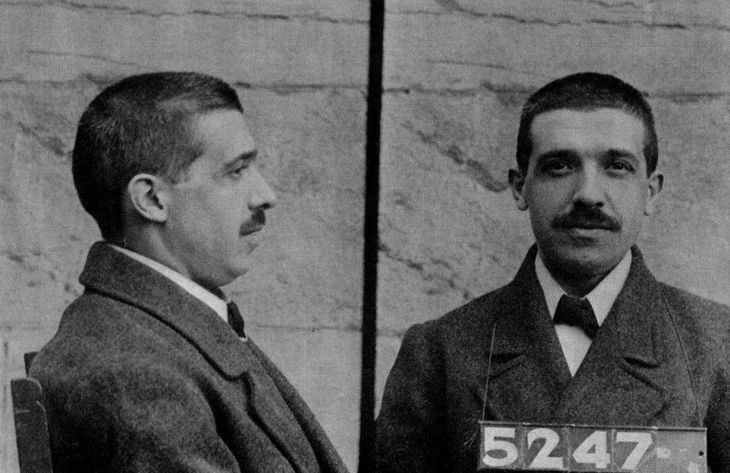George C. Parker from a young age showed an innate talent for the art of deception. His skills as a conman made him a notorious figure in the late 19th and early 20th centuries.
Parker sold the bridge with surprising regularity, using forged documents and unmatched ingenuity.
In the vast and colorful history of American con artists, few names resonate as much as that of George C. Parker. Known for his audacious and creative deceptions, Parker earned a place in infamy by becoming the man who literally sold the Brooklyn Bridge.
The content you want to access is exclusive to subscribers.
A master of deception
George C. Parker was born in 1860 in New York. From a young age he showed an innate talent for the art of deception. His skills as a conman made him a notorious figure in the late 19th and early 20th centuries. Parker’s most famous scam was the repeat sale of the Brooklyn Bridge, one of New York’s most recognizable architectural icons.


Parker sold the bridge with surprising regularity, using forged documents and unmatched ingenuity. He convinced his victims that they could set up tollbooths on the bridge and make fortunes. It is estimated that he attempted to sell the bridge at least twice a week, managing to convince several unsuspecting people that they were the legitimate owners of this magnificent structure.
parker.jpg

Despite his skill at deception, Parker’s luck eventually ran out. He was arrested on multiple occasions, and in 1928, he was sentenced to life in prison for fraud. He spent the rest of his life in Sing Sing Prison, where he died in 1936.
The art of the fake sale
For his scams, Parker created fake documents, property titles and credentials that appeared legitimate. He used a variety of aliases and presented himself as a successful businessman. In addition to the Brooklyn Bridge, Parker also attempted to sell other New York landmarks, such as the Statue of Liberty, the Metropolitan Museum of Art, and Madison Square Garden.
His methods were so sophisticated that many of his victims did not suspect anything until they tried to exercise their supposed property rights. In one of his most audacious coups, Parker went so far as to sell the Brooklyn Bridge to a businessman who attempted to install a tollbooth on the same day of purchase, only to be arrested by the police.
The fall of a scammer
Despite his skill at deception, Parker’s luck eventually ran out. He was arrested on multiple occasions, and in 1928, he was sentenced to life in prison for fraud. He spent the rest of his life in Sing Sing Prison, where he died in 1936.
Parker’s legacy lives on as a reminder of the lengths to which scammers can go and the importance of vigilance and healthy distrust in the business world. His scams not only exposed human gullibility, but also the need to verify and question the authenticity of too-good-to-be-true offers.
history lessons
George C. Parker’s story remains relevant today, in an era where fraud and scams continue to evolve with technology. Although the methods of scammers have changed, the essence of the deception remains the same. Parker, with his boldness and creativity, reminds us to always be vigilant and critical of offers that seem too good to be true.
Today, his name is synonymous with audacity and deception, a reminder that in the world of scams, even the brightest can fall.
Source: Ambito




